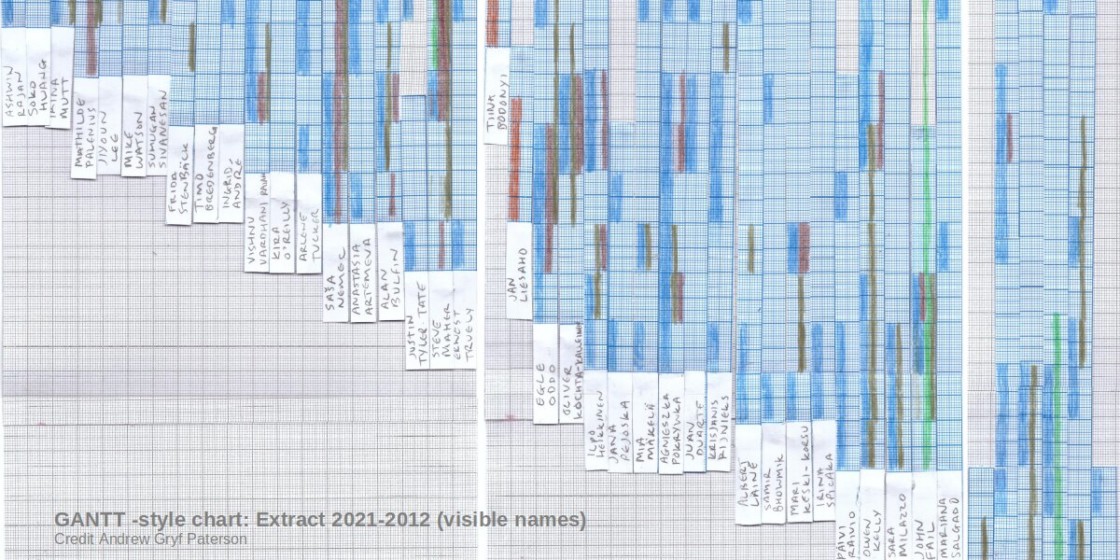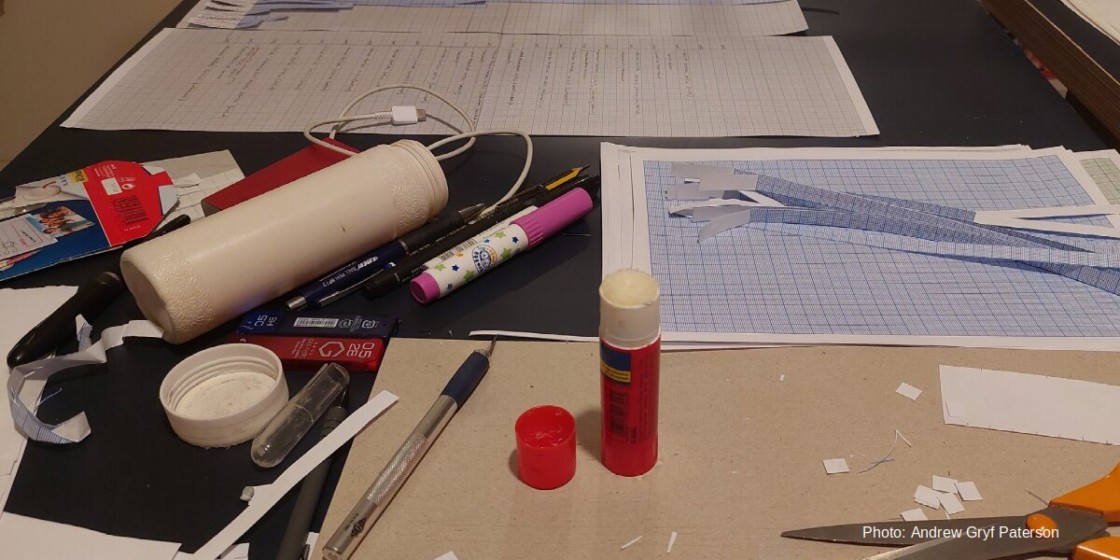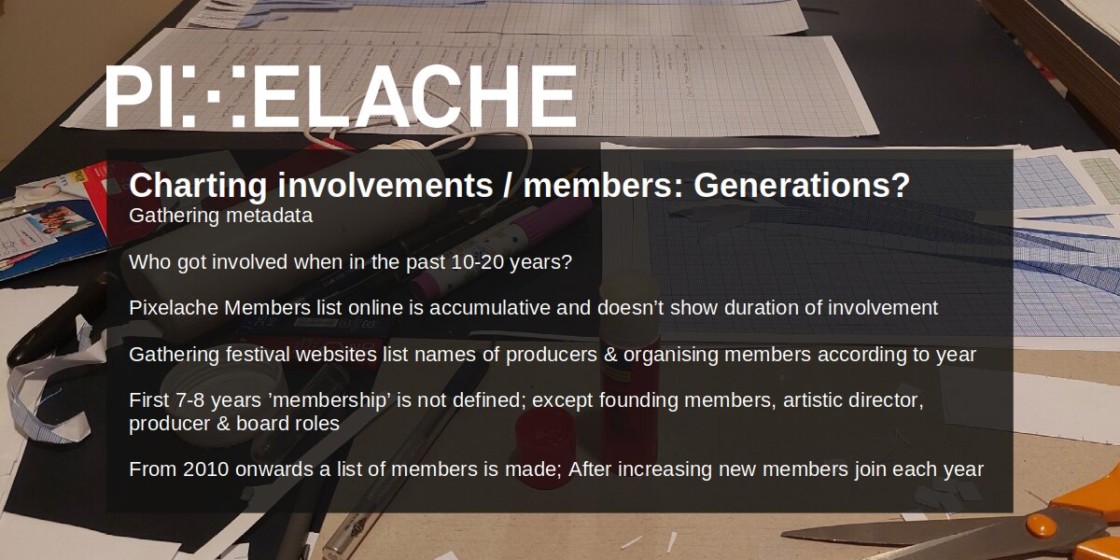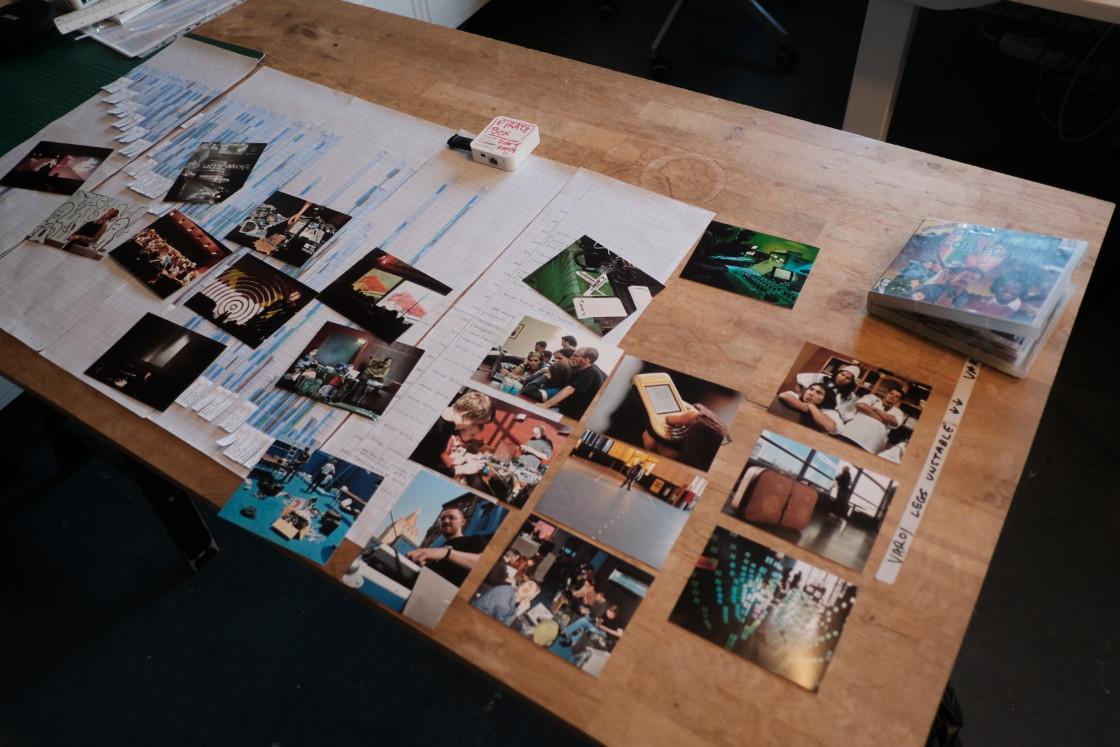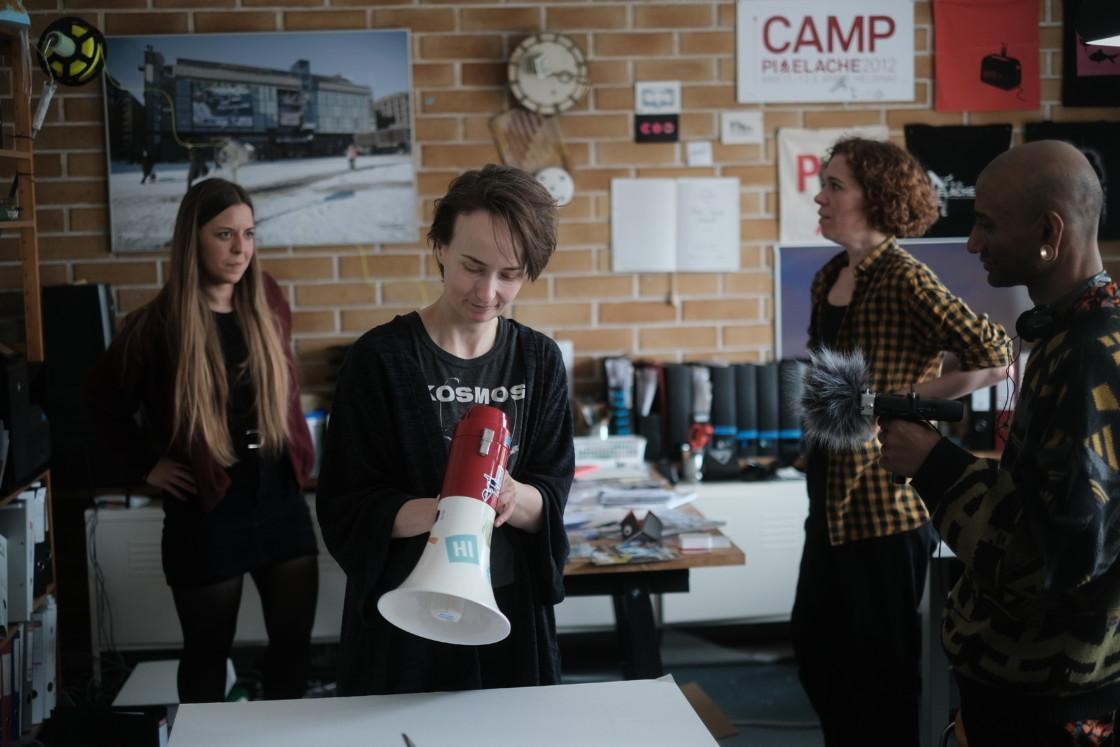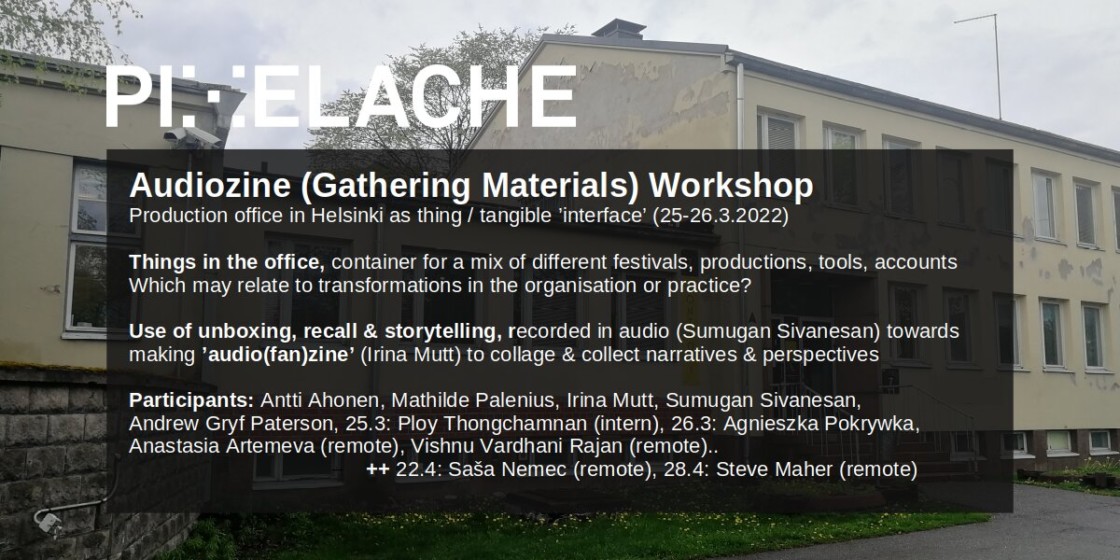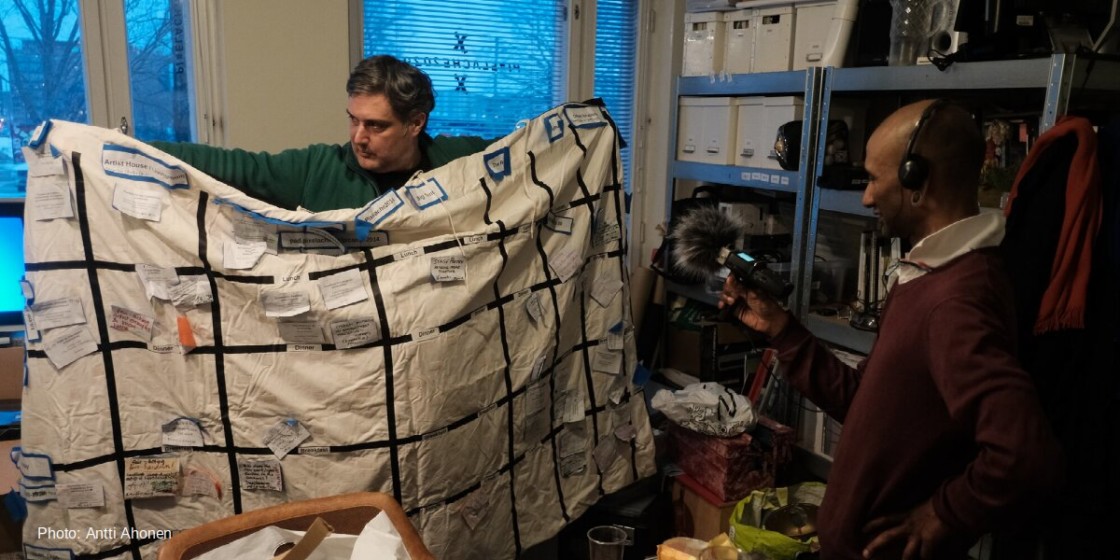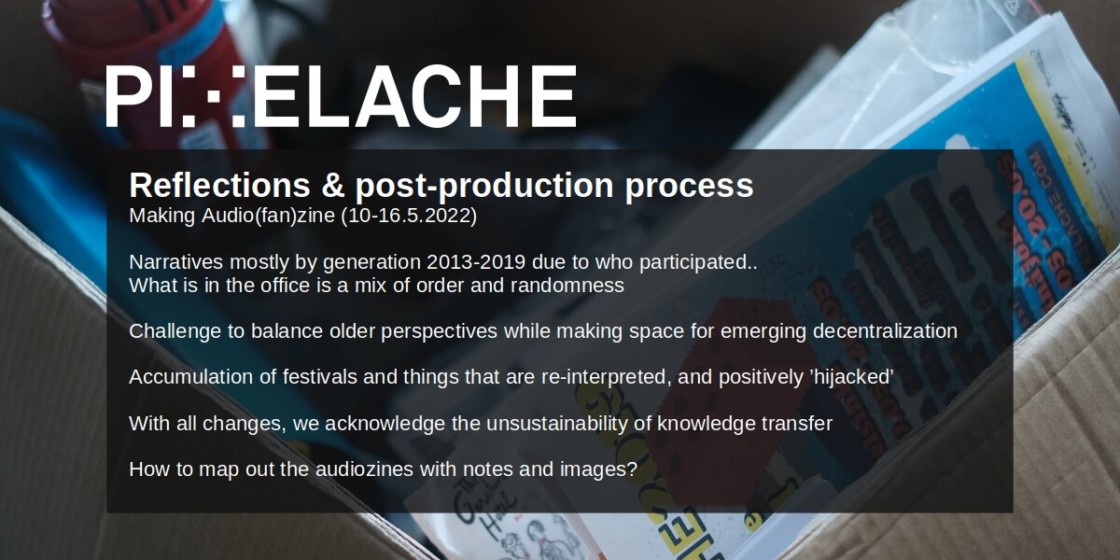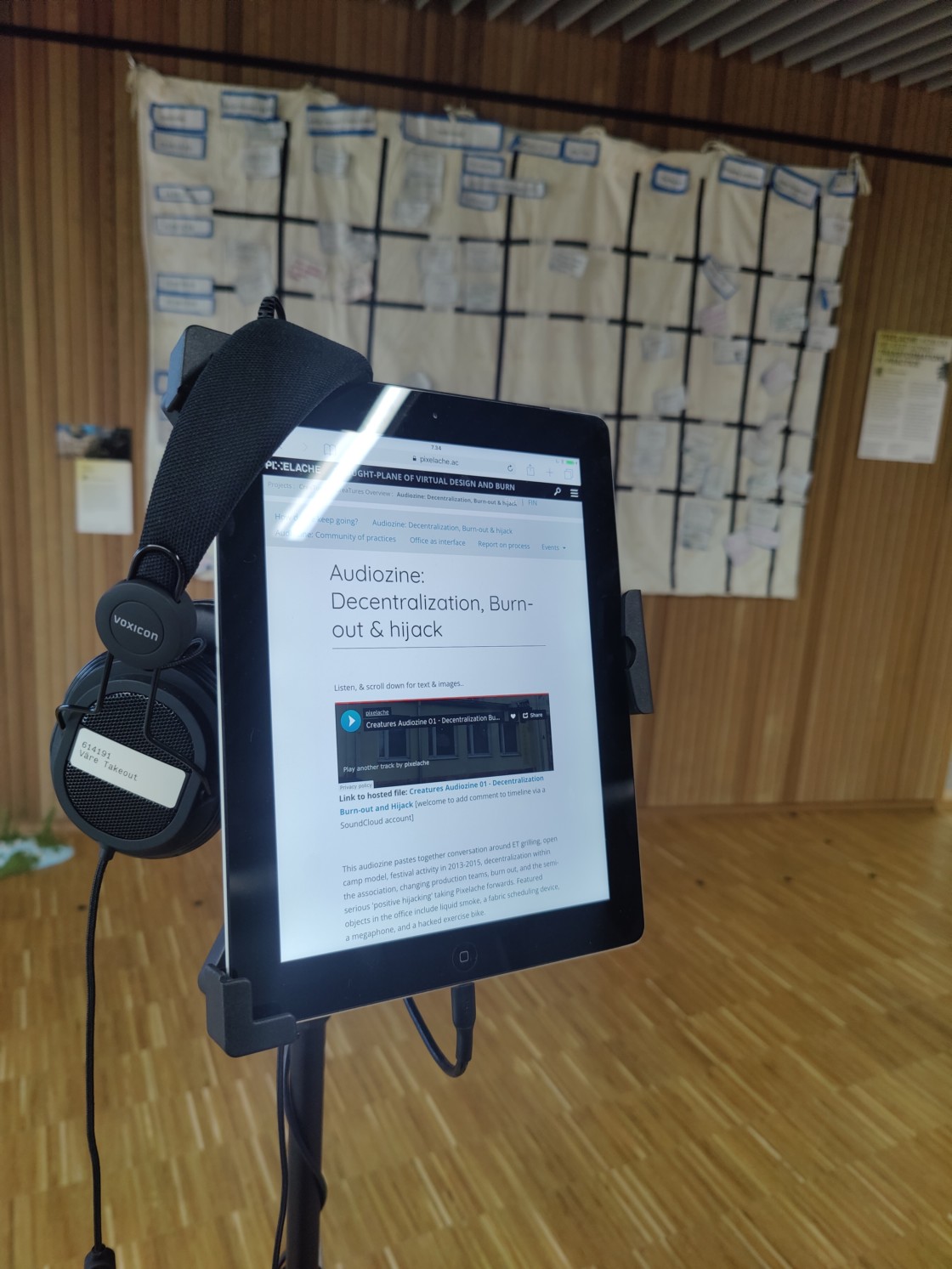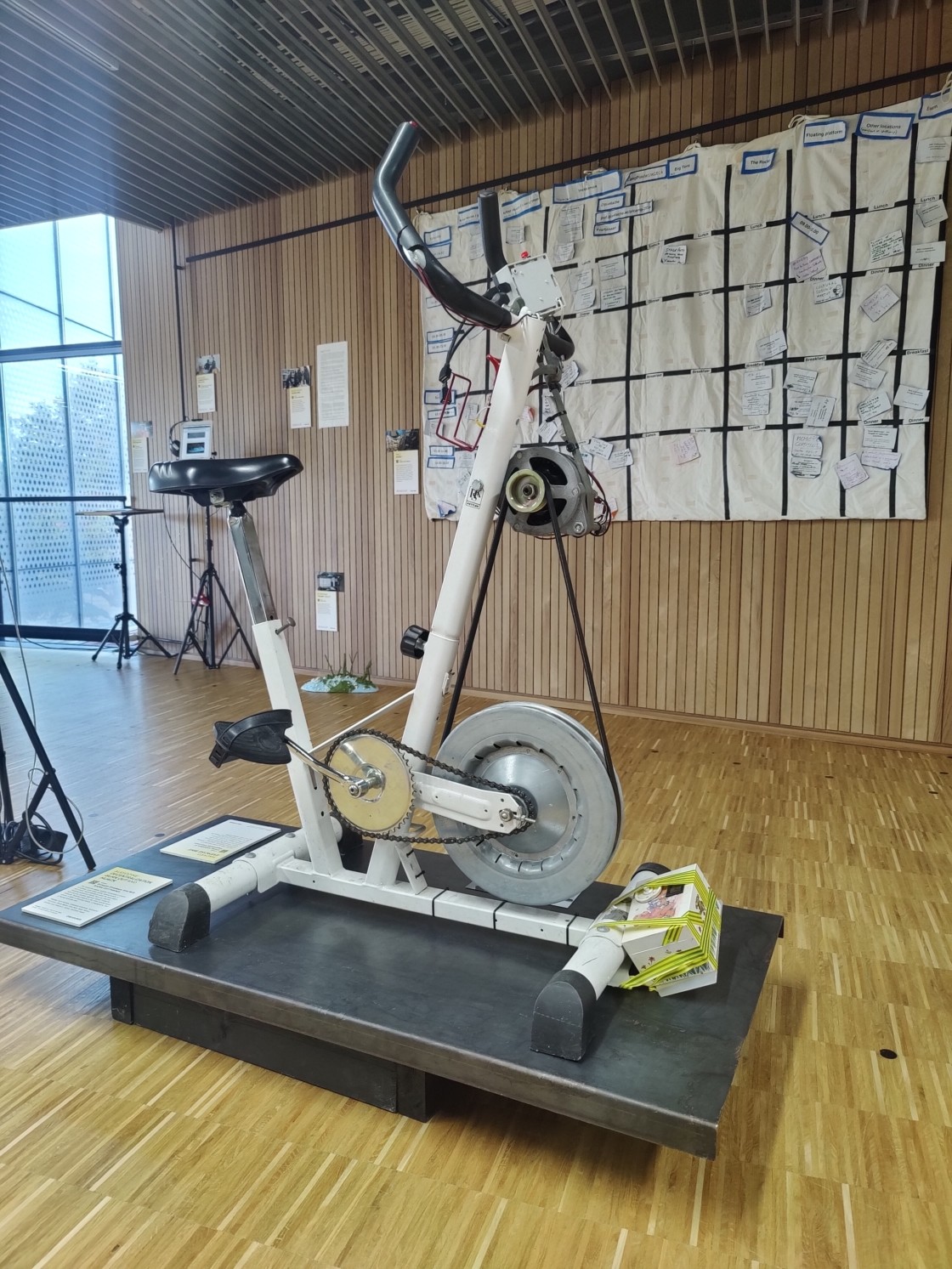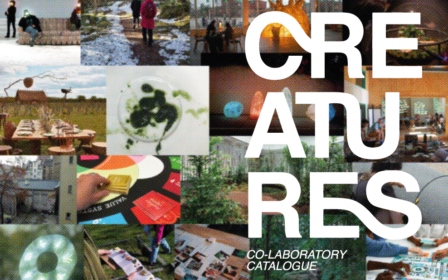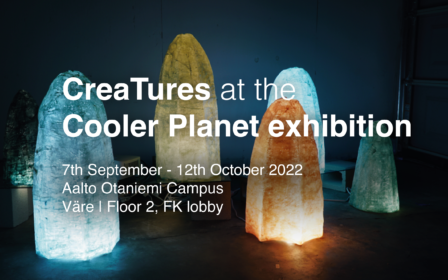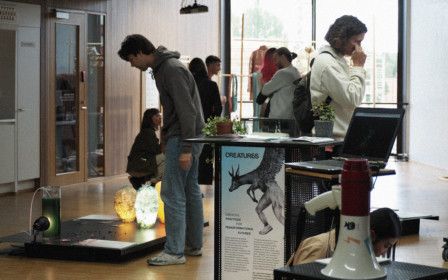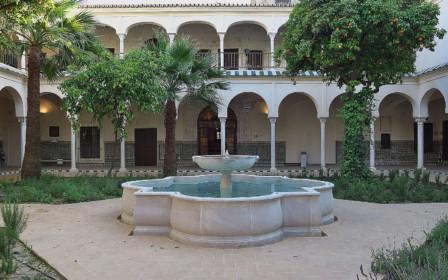Pixelache Helsinki is a Finland-based creative association on emerging creative practices with almost 20 years of activity engaging issues in eco-social transformation. Throughout the two decades of its existence, the association has been running a trans-disciplinary platform for emerging art, design, research, technology, and activism that involves a dynamic local community and an annual festival that has been experimenting with a rotating directorial model. The association’s rich history and activities in the field of transformational creative practice are the core focus of the Pixelache project conducted for CreaTures.
Andrew Gryf Patterson, in collaboration with several other members of the Pixelache association, sought to explore how the association has developed and sustained its internal organisational practice. By engaging with organisational meta-data, the Pixelache office as a tangible memory device, and the production of two audio zines, they gathered perspectives from active members reflecting upon how the organisation has transformed internally over the course of its existence.
The creative research process within the Pixelache project involved an extensive mapping of the association’s history and its internal organisational practices over the 20 years of its existence, which resulted in the production of two audio zines. This process consisted of several stages, including: background research into organisational metadata, a workshop focused on gathering materials for the zines, and a production of a project website to host the zines and other project outcomes.
Background research into organisational metadata
The first stage in the process (January – February 2022) was a compilation of festival and member metadata over the 20 years as reference, followed by the production of a handmade Gantt-style chart of past and present association members. The compiled data was used to build a timeline of main Pixelache events, moments of internal transformation and a generational map of key members and their roles in sustaining the association.
While the existing Pixelache website and content management were a record and source of information to consider, so too were digital organisational documents and portfolio reports. This metadata was gathered as a backbone of factual information upon which narratives could be based or problematised. Throughout the process, the work-group focused on the available data as well as on the ‘gaps’ and what possibly got lost in the association’s history documentation over the time, asking: What could we gather to assist our memory? What was sustainable and what was lost in the process?
Tracing the participation of members allowed a glimpse into patterns on, and offered a reference point for personnel changes in the association. The internal movements in the association implied that roles like producer, board member, or artistic director were accessible to any member with the motivation and will to take them on. This information, of course, did not reflect intersections such as: who feels entitled to take roles, internal dynamics, or other intersections. It allowed, though, to see general changes, like the nationalities and gender of members and producers, and to detect general dynamics in terms of content, interests, and strategies.
From the metadata compiled in the timeline and generational map, the next step was to identify other artefacts (events, objects, narratives) from the association’s history that were useful in co-creating an overview of Pixelache’s internal transformations. This included consideration of the ways in which the association responded to these transformations, and what the impact was of these changes.
Audio zine material gathering workshop
As new association members from 2021, Irina Mutt and Sumugan Sivanesan were invited to lead a workshop with Pixelache members and other interested persons to focus on making collective ‘fanzine’-style audio vignettes or anecdotes capturing key moments from Pixelache’s history (March 2022). By choosing this method – recording situated audio narratives in a quick, unstructured way – these audio vignettes were aimed to encourage further in-depth engagements with Pixelache’s archival documents and online content management system.
The two-day workshop was undertaken as an internal ‘social association memory event’ in the Pixelache production office, in Suvilahti Cultural complex, Helsinki, on 25-26th March 2022. Pixelache members were invited (via members mailing list) to “meet, have some talks, organise materials and check what items, memories and resources we have in the office”. The intention was to consider the sustainability and internal transformations of the association over time, with regards to the things, artefacts or objects that carry traces of Pixelache’s key events and recall transformations in the organisation of cultural programming.
Due to the length of time that the association has existed, this inevitably involved facing the fragmentation, density, non-linearity of, and of course gaps in, data. This begged a question on the type of stories that could be possibly told about arts associations with a complex and extensive history like Pixelache’s. There is the challenge of what remains materially of associational activity, and what members of an organisation remember or forget over time.
It was speculated that the Pixelache production office was itself an interface device, a container of objects with various usages at different times, a non-linear and non-organised archive, full of tangible data. Being on-site, it was possible to trigger memories relating to Pixelache, in a sort of ‘Proustian madeleine’ process, allowing a more playful approach to the idea of archive: objects as traces surrounded by different stories, where these stories are subjective ways to recall the past. This enabled reflection on, and questioning of, whether there is any objectivity in archives, data or statistics
Interview & workshop data analysis
Following the workshop, it was identified that the information gathered in the Pixelache office missed certain voices of recent producers and board members. Several additional interviews during April 2022 were conducted with the most recent generation of active members according to their availability, focusing mostly on Pixelache festivals and experiences between 2013-2019. Irina, Sumugan and Andrew then worked together to select and edit the workshop conversations and interviews into the audio zine format (May 2022). The editing process led to the arrangement of narrative themes around two main clusters, which was further complemented by a selection of related artefacts from the Pixelache office ‘archive’ that came up in the conversations.
The first thematic cluster was decentralisation, and its relationship to the festival production, its rotating co-directorship model, and related socio-economical aspects of cultural work. It was recognized that burn-out of social organisational energy, which paradoxically also allowed space for new persons to take on curatorial roles, was an important factor in why the organisation has kept going for so long in the past decades.
The second thematic cluster was community and the diversity of disciplines, practice backgrounds and experiences, and how this related to expectations of what the association has been doing together. Resulting from the thematic clustering are the two audio zines: Decentralisation, Burn-out & Hijack and Communities of Practices.
The Pixelache zines
🔊 Decentralization, Burn-out & Hijack
This audiozine pastes together conversation around ET grilling, open camp model, festival activity in 2013-2015, decentralisation within the association, changing production teams, burn out, and the semi-serious ‘positive hijacking’ taking Pixelache forwards. Featured objects in the office include liquid smoke, a fabric scheduling device, a megaphone, and a hacked exercise bike.
This audiozine pastes together conversation around organisational labour, friendships and motivations, changing disciplines within Pixelache with the recent years, the festival in 2019, safer space ambitions, things left behind, and a need to collectively imagine future desires. Featured objects include the internal ‘pixel’ currency used to partially compensate association member’s work, a 3D printer, a bedside artwork, and safe space guidelines.
Dissemination
As a public dissemination platform to circulate the zines and other research documentation (images, links, text vignettes), an interactive page on the existing Pixelache’s website was created.
The Pixelache audio zines together with other creative and research artefacts were exhibited at the CreaTures Festival in Seville, Spain (June – July 2022) and at the Helsinki Design Week 2022 – Designs for Cooler Planet exhibition in Espoo, Finland, as part of the CreaTures project showcase (September – October 2022).

